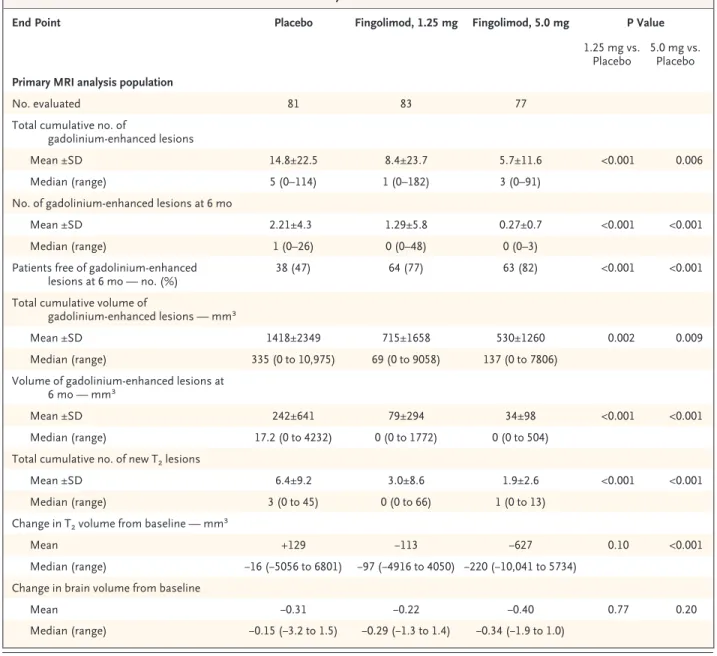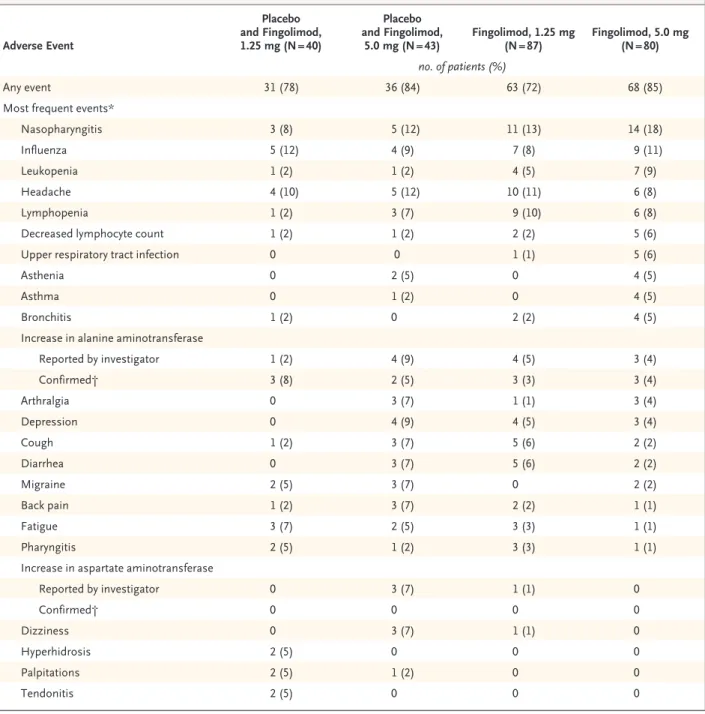Oral Fingolimod (FTY720) for Relapsing Multiple Sclerosis
Full text
Figure




Related documents
Prepared by: Center for Public Affairs Research, University of Nebraska at Omaha, January 2014 *Income for the past 12 months (in 2012 inflation-adjusted dollars)... Census
The treatments were plowing with local maresha (control), mouldboard, mouldboard plow and tied with tie-ridger, local maresha and tied with tie-ridger.. Cost
Considering that none of the towns in the north have established preparation and processing center or fixed BSC. Therefore, building fixed BSC in Marand can reduce the
The MMDS is divided into three functional parts: coding of medical causes of death reported by the physician (MICAR), selection of the underlying cause of death (ACME) and
The Limits to Growth generic archetype was chosen as the archetype for the theory building process because the research focus of this study is concerned with the issue of
We performed virtual screening of the complete Human Metabolite Database (HMDB) for docking to the multiple sclerosis (MS) susceptible DRB1*15:01 allele and compared the results
The term ‘‘lymphedema’’ has historically been defined as edema, which develops as a result of failure of lymphatic drainage either through problems in lymphatic development


